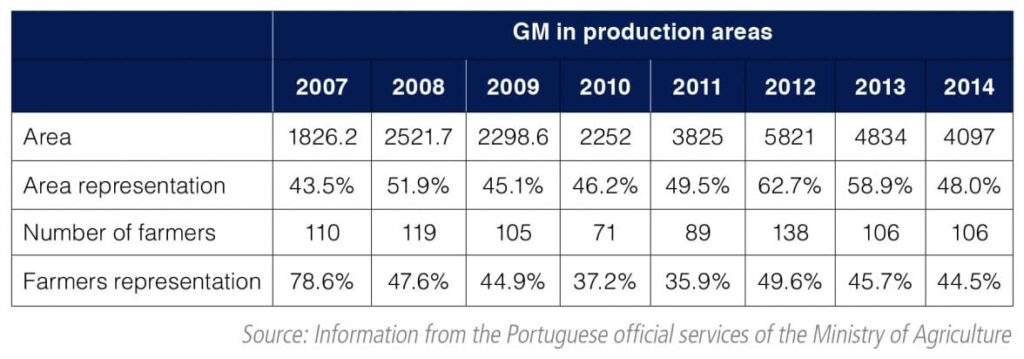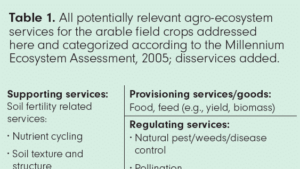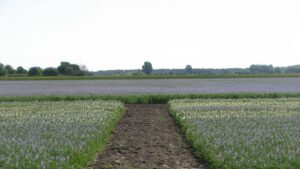By: Anseme
GM maize varieties have been grown in Portugal since 2005, AND THE COUNTRY’S PRODUCTION AREA is on the rise. Although strictly monitored—and of clear benefit as a pest resistance tool for Portuguese farmers— GM maize production may be threatened.
Ostrinia nubilalis and Sesamia nonagrioides are two species of insects known as maize borers. These insects belong to the Lepidoptera order, and are typically present in the Mediterranean region, and cause damage to leaves, stems and cobs. Last season, the insects affected up to 50 per cent of maize production in some regions. High temperatures and the use of long-cycle varieties provide unique conditions for these insects to reproduce, reaching up to two to three generations per year.
The GM maize varieties used in the European Union have the CryAB gene, from the soil bacteria Bacillus thuringiensis (Bt), incorporated in their DNA, which enables the varieties to release an insect repelling protein. This natural insecticide is used in sustainable production systems, such as organic farming, and not only does it prevent the use of synthetic insecticides, it protects crops even when it is impossible to spread the products (due to plant height).
Production Data
GM maize varieties have been grown in Portugal since 2005 under strict measures, efficiently controlled by the Ministry of Agriculture on an annual basis.
Although there is a decrease in Portugal’s maize production area, the area of GM maize is increasing. In the 2014 season, more than six per cent of Portugal’s maize production was GM, representing 8,542 hectares. Most GM production is concentrated in the Ribatejo and the Alentejo regions.
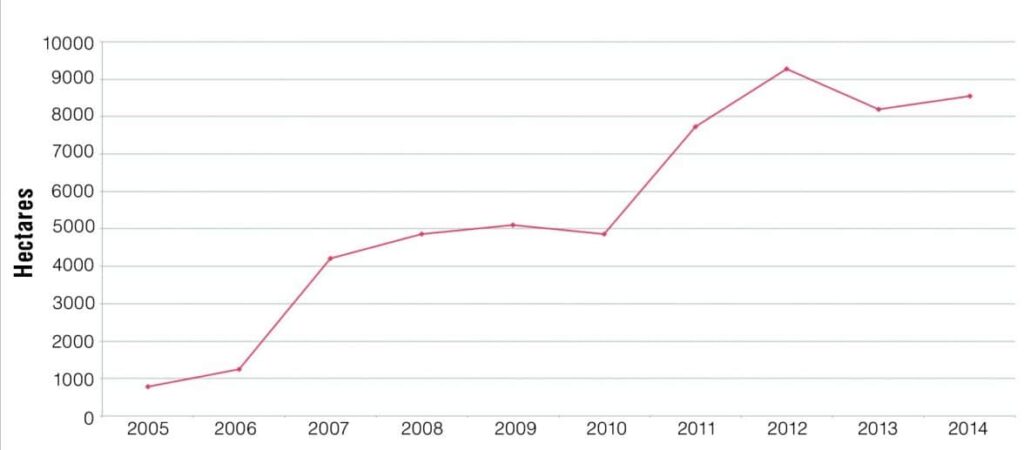

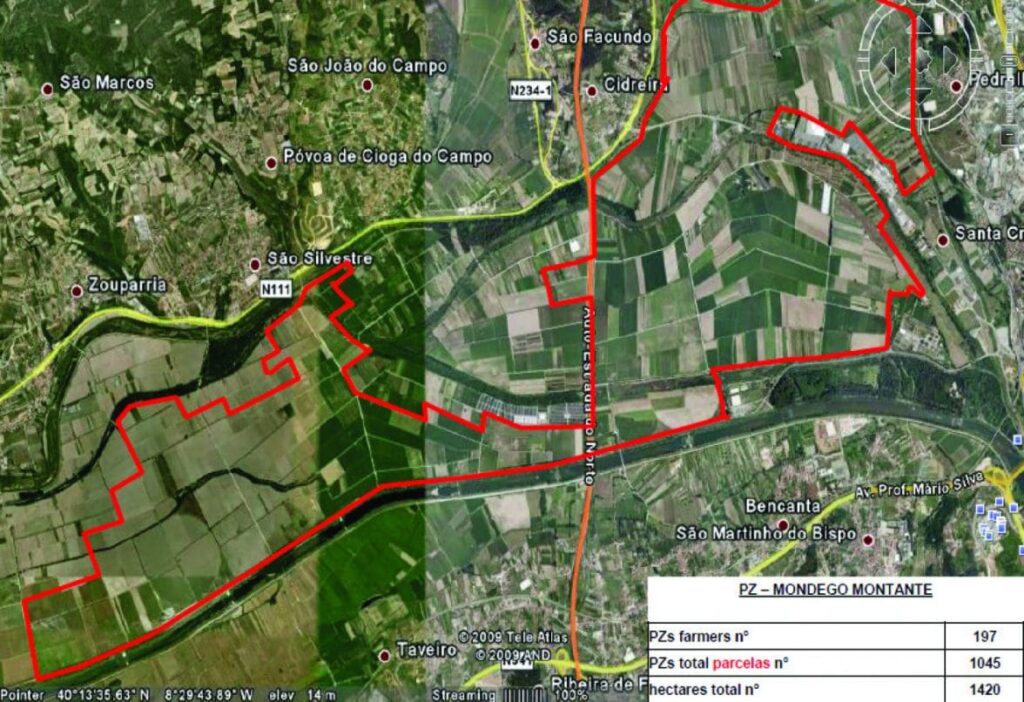
Coexistence Measures
Farmers who grow GM maize in Portugal have to fulfill strict coexistence measures, which, in our opinion, offer all Portuguese farmers a true freedom of choice of the production systems they want to adopt. These measures are established under the Portuguese legislation, Decree-Law No. 160/2005 from 21 September 2005.
The isolation measures are an important tool to prevent cross pollinations, and can be achieved by cultivation at minimum distances from neighbouring fields or by differentiated times in drilling.
Farmers cultivating GM maize must keep a distance of 200 metres (or 24 conventional maize border rows) between fields if the neighbouring fields are conventional, or 300 meters (or 28 conventional maize border rows plus an isolation distance of 50 metres) if the neighbouring fields are organic. As an alternative, farmers cultivating GM maize can use different cycle varieties (at least two FAO classes) or drill the same FAO classes with a 20-day difference.
Before production, all farmers must be trained by qualified personnel concerning issues such as varietal properties and the legal provisions under which varieties have to be produced and the traceability measures to be fulfilled. Twenty days before drilling, farmers must notify official services and inform their neighbours (in written form).
Farmers must also keep refuge areas for the insect to reproduce. Conventional maize must occupy 20 per cent of the area. The purpose of this measure is to prevent the rise of insect populations resistant to Bt varieties.
Seed must be certified, and packages must have a pamphlet with relevant information and responsibilities farmers must fulfil with respect to coexistence and traceability measures.
Harvest must begin with GM varieties, after which 2,000 square metres of the conventional crop is harvested and marketed as GM (in order to keep machinery free of GM grains). Every player in the chain must communicate the final product was obtained with GM varieties, as per European Regulation 1830/2003 which states, ‘This product contains genetically modified organisms’ or ‘This product contains genetically modified [name of organism(s)]’.
As coexistence measures are not always easily fulfilled by small-scale farmers (due to reduced field sizes), there is a possibility for them to gather in production areas, and only farmers located on the borders of these production areas have to comply with isolation measures.
There has been a large increase in acreage of these production areas (Figure 4), which is a sign of the importance of GM varieties to small-scale farmers, who don’t have many options to fight maize borers.
In the 2014 season, almost 50 per cent of GM production occurred in production areas, and more than 40 per cent of farmers using GM varieties were organized in these areas.
Inspection and Monitoring
All these measures are duly monitored every year with an inspection rate of more than 30 per cent of farmers who produce GM varieties (all ‘new’ farmers are inspected).
These inspections include monitoring of the presence of GM varieties in neighbouring fields; to date, it has been below 0.9 per cent (the labelling threshold).
In spite of these strict measures, discussions are ongoing in the political arena. Recently a few legislation proposals, forbidding the production of GM varieties in Portugal (the opt-out option), were discussed in Portuguese Parliament in January 2016. Fortunately these proposals were rejected, however, there will be more discussions in the near future.
Although this issue might be distant and mistrustful for most civil society and politicians, GM maize production has clear benefits for Portuguese farmers.

